A loan is an agreed upon amount of money with the expectation that the borrower will pay it back, usually over time, with interest. The exact amount of the loan and interest rate varies depending on your income, debt, credit history, etc. There are numerous types of loans with a specific purpose. Open-ended loans are loans that you can borrow repeatedly, such as a credit card. Closed-ended loans are one-time loans that cannot be borrowed again once they have been repaid. These are usually loans in larger amounts used to finance mortgages, vehicles, and education expenses. Here are 6 things you should consider before taking out any type of loan.

Pormezz/shutterstock.com
What will the loan finance?
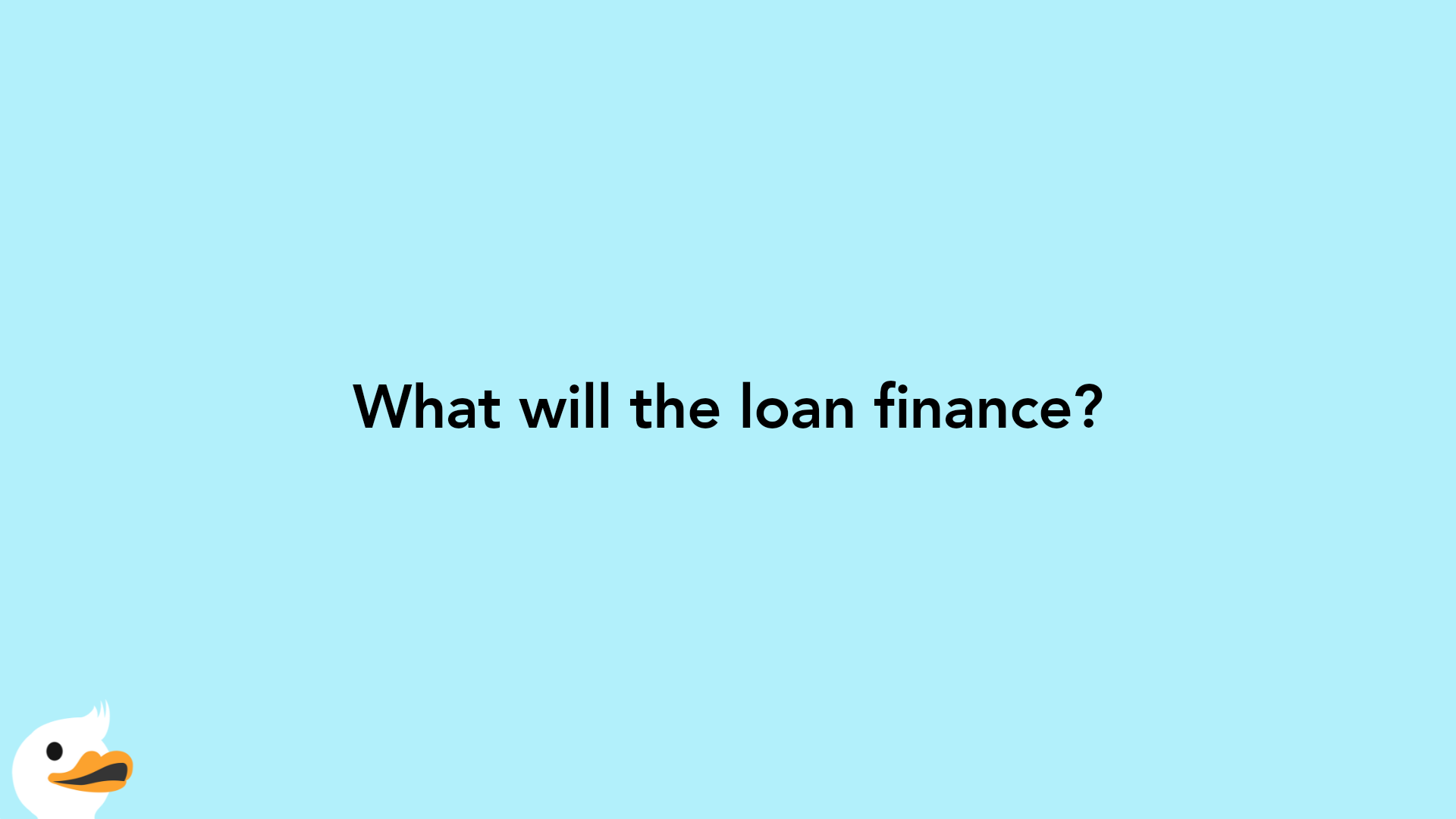
Getting a loan gives you access to a lot of cash but it comes at a cost. You will need to pay interest on the borrowed amount. In fact, taking out a loan means you are going into debt. Some debt is unavoidable, such as purchasing a home. However, there is good debt and bad debt. Think carefully about what you intend to use the loan for, as this decision affects your financial future. Some examples of good debt, or good reasons to take out a loan, are for student loans to invest in your future, a home loan to invest in property, or a business loan to start or expand a business with the intention of generating a profit. A few examples of bad debt, or reasons to rethink taking out a loan, are car loans because they depreciate in value quickly and general spending to finance basic luxuries, such as a trip abroad or expensive clothing.
2. What is your monthly income?
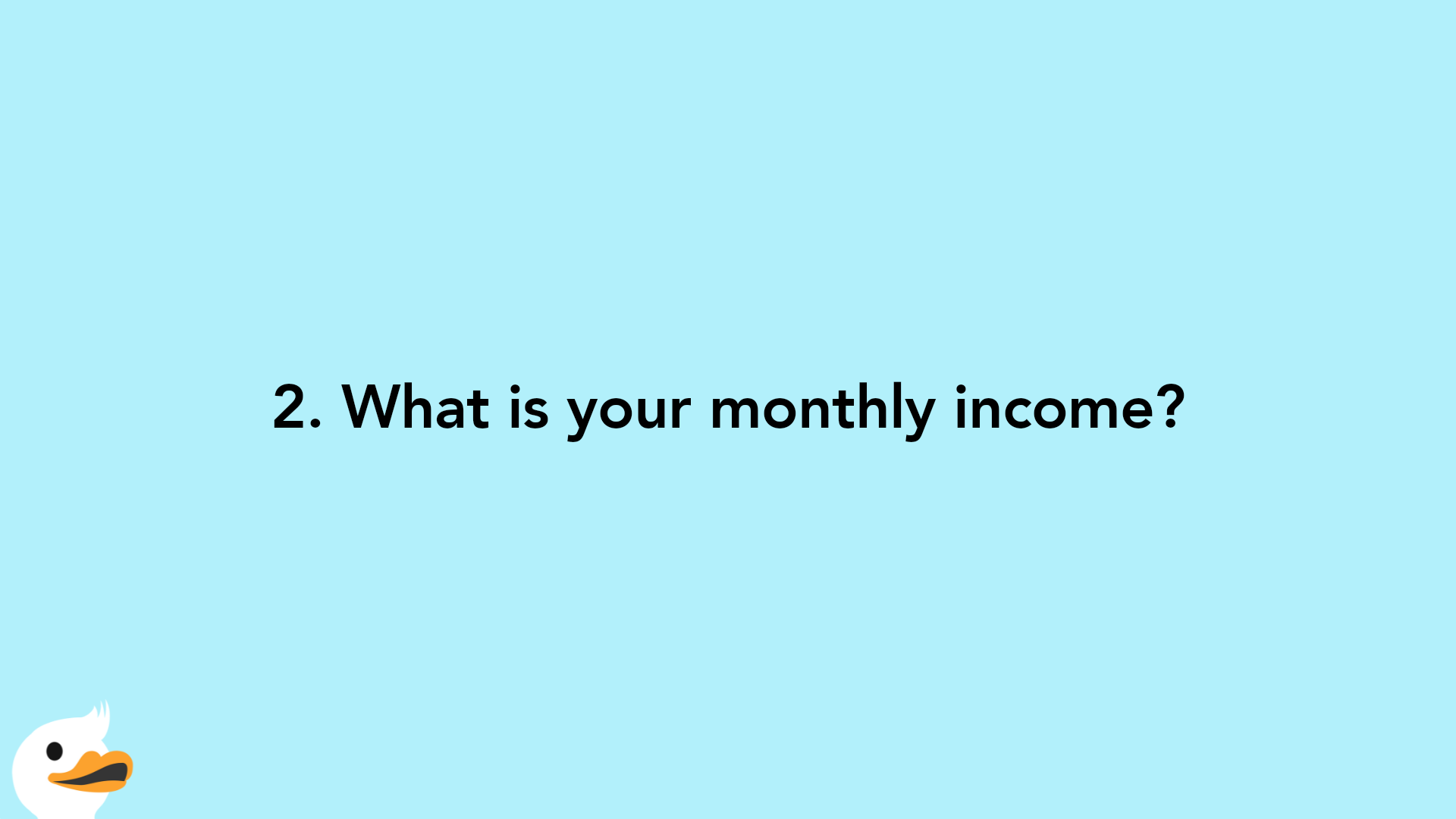
Before taking out a loan, an individual must calculate his or her monthly income. The amount you take home will determine how much you can afford to pay back every month. It is best to keep your house loan payment to less than 36% of your monthly income, your student loan payment to less than 10%, and your car payment to less than 20%. However, it is not wise to have all these loans at the same time. As a general rule of thumb, your housing costs, including your mortgage payment, should be approximately 35% of your monthly income, as this is usually unavoidable. All other debt should be approximately 10% of your monthly income.
3. Do you plan to use collateral?
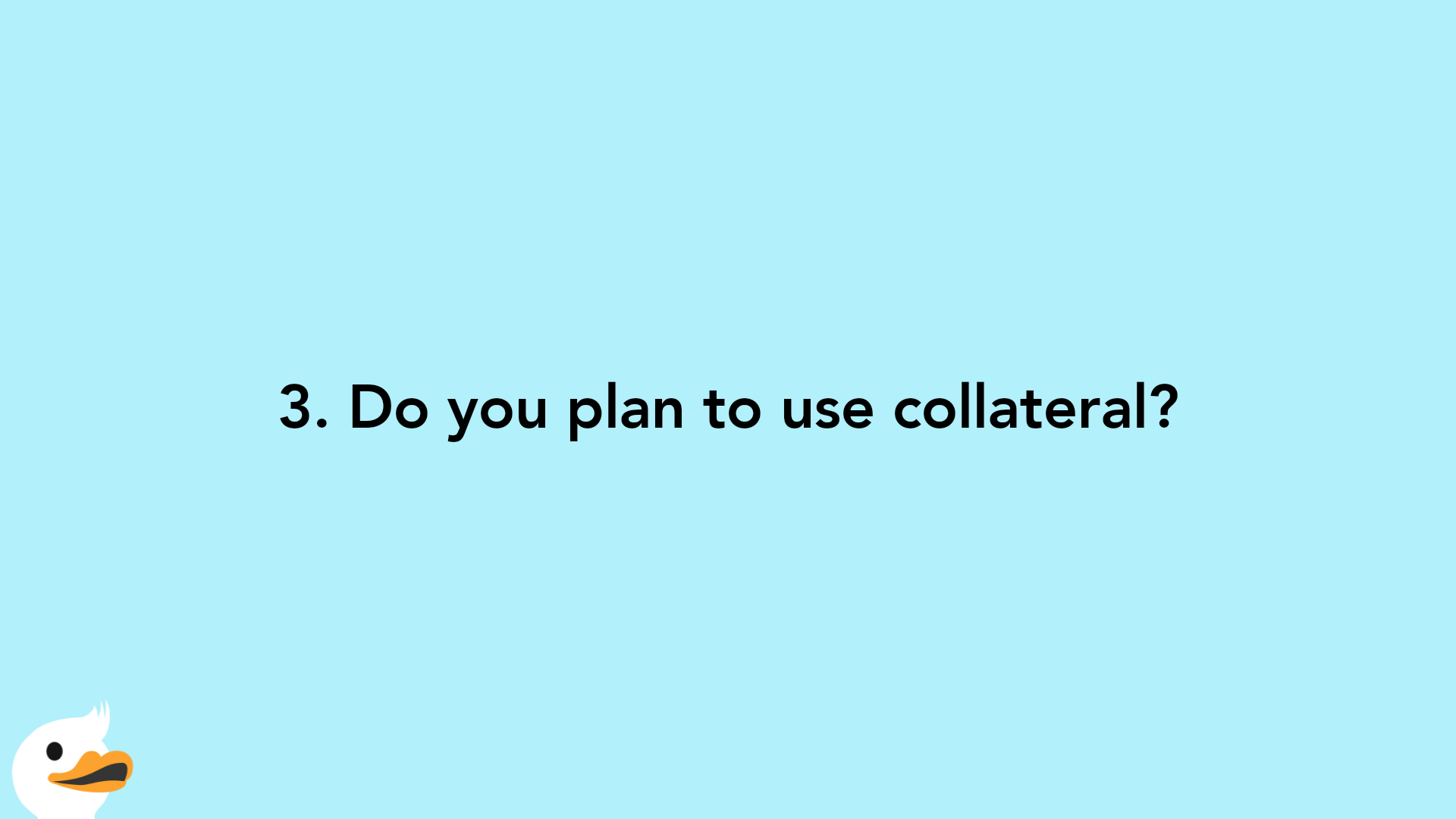
Collateral is an asset, usually property, that a borrower offers al ender to secure a loan. Secured loans rely on collateral. In the event of a loan default, the lender can then take possession of the asset and use it to cover the loan. The most common example of a secured loan using collateral is a mortgage loan. If you fail to pay your mortgage, the bank can come and take your house. As a result, secured loans can have a lower interest rate because there is less risk for the bank. On the other hand, an unsecured loan relies solely on the person’s credit history and ability to pay. Naturally, the risk is higher and so are the interest rates.
4. What interest rate will you get?
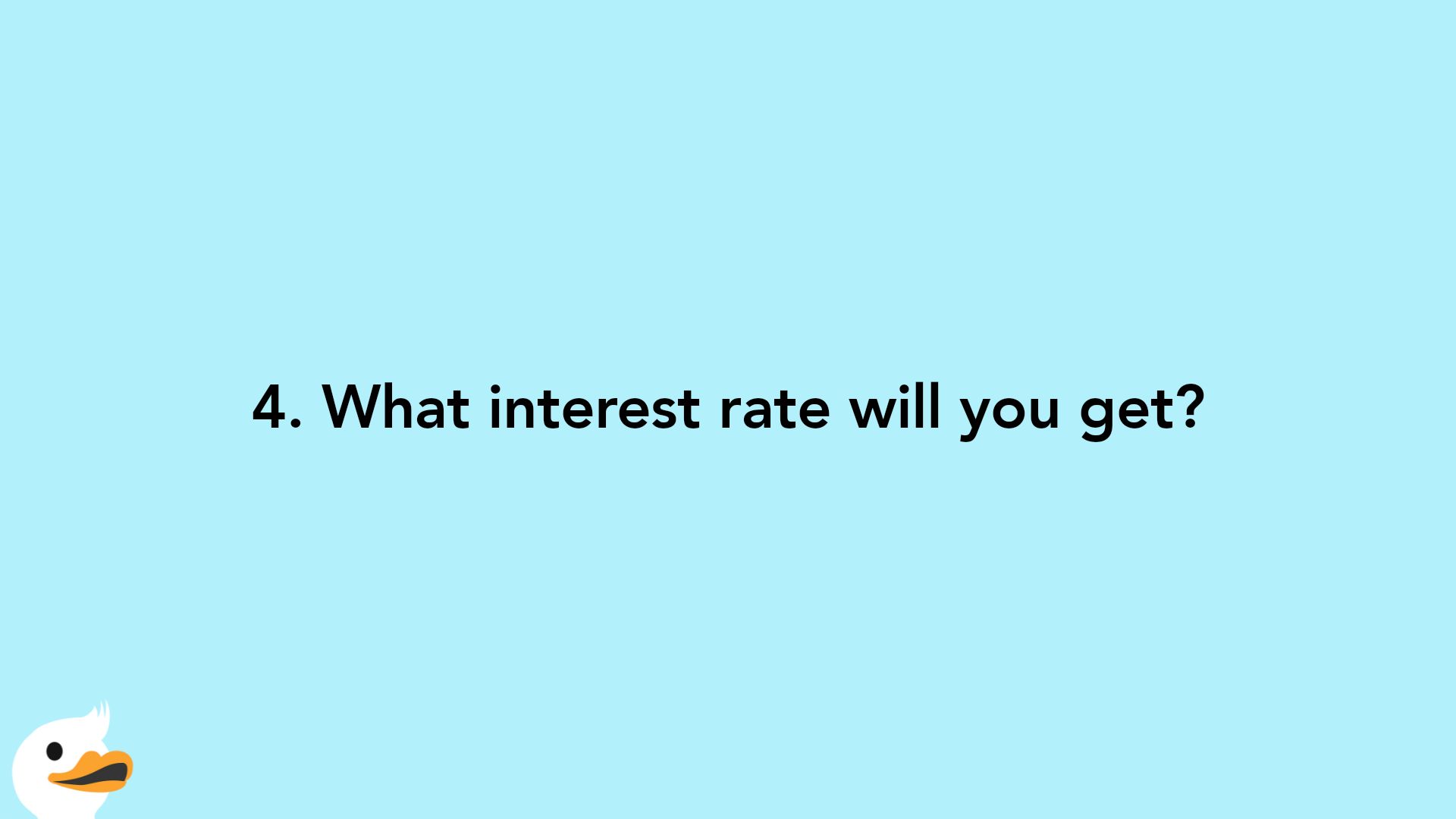
Getting the lowest interest rate will save you the most money. It is essential that before you take out a loan, you have spent time building your credit score. This means that you have not opened or closed any credit cards recently, you have paid your bills on time, and you have looked at your credit score to find and correct any mistakes. Utilize online loan calculators to compare different banks and offers.
It is worth noting that mortgage loans have a more complicated system of interest rates. There are fixed interest rates and floating interest rates. Fixed interest rates stay the same for a period of time. Floating interest rates rise and fall depending on the market and a few other variables. There are advantages and disadvantages to both loan packages.
5. How flexible are the terms?
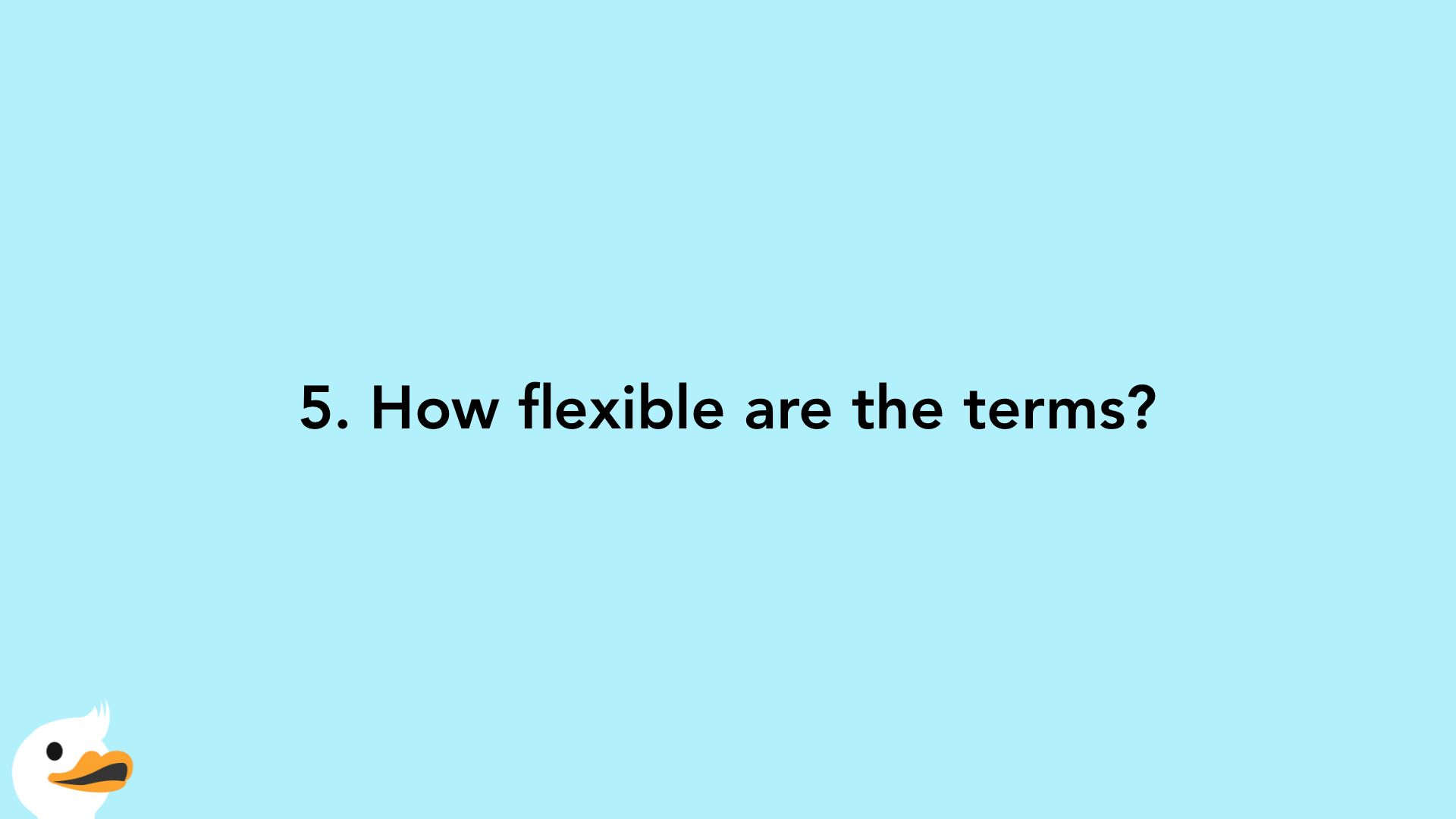
When it comes to loans, paying it off sooner will save you money on interest. Fewer payments mean less profit for the banks. Therefore, it is essential that you know the terms of your loan. Does it have a penalty for early repayment? If so, how much? If you are aiming to borrow for an extended period of time, ideally, your credit score will go up. You may be entitled to a better interest rate and want to refinance. You should ask, “At what point can I renegotiate the loan terms?”
6. Do you need a downpayment?

Certain types of loans require a downpayment. This is most common for mortgage loans and car loans. For your first mortgage, an initial downpayment of 20% is required. For car loans, if the market value of the car is less than or equal to S$20,000, you must have a 30% cash downpayment. If the market value of the car is more than S$20,000, you must have a 40% cash downpayment. Down payments are a protection for the lender, in case the collateral drops in value.
Furthermore, the borrower is now committed to the loan. In other words, the borrower now has “more skin in the game.” At the same time, a bigger down payment gives the borrower more power when it comes to finalizing the details and terms of the loan. By paying more money upfront, you are lowering the amount you need to borrow, resulting in lower monthly payments and less interest to pay back.
Final Thoughts
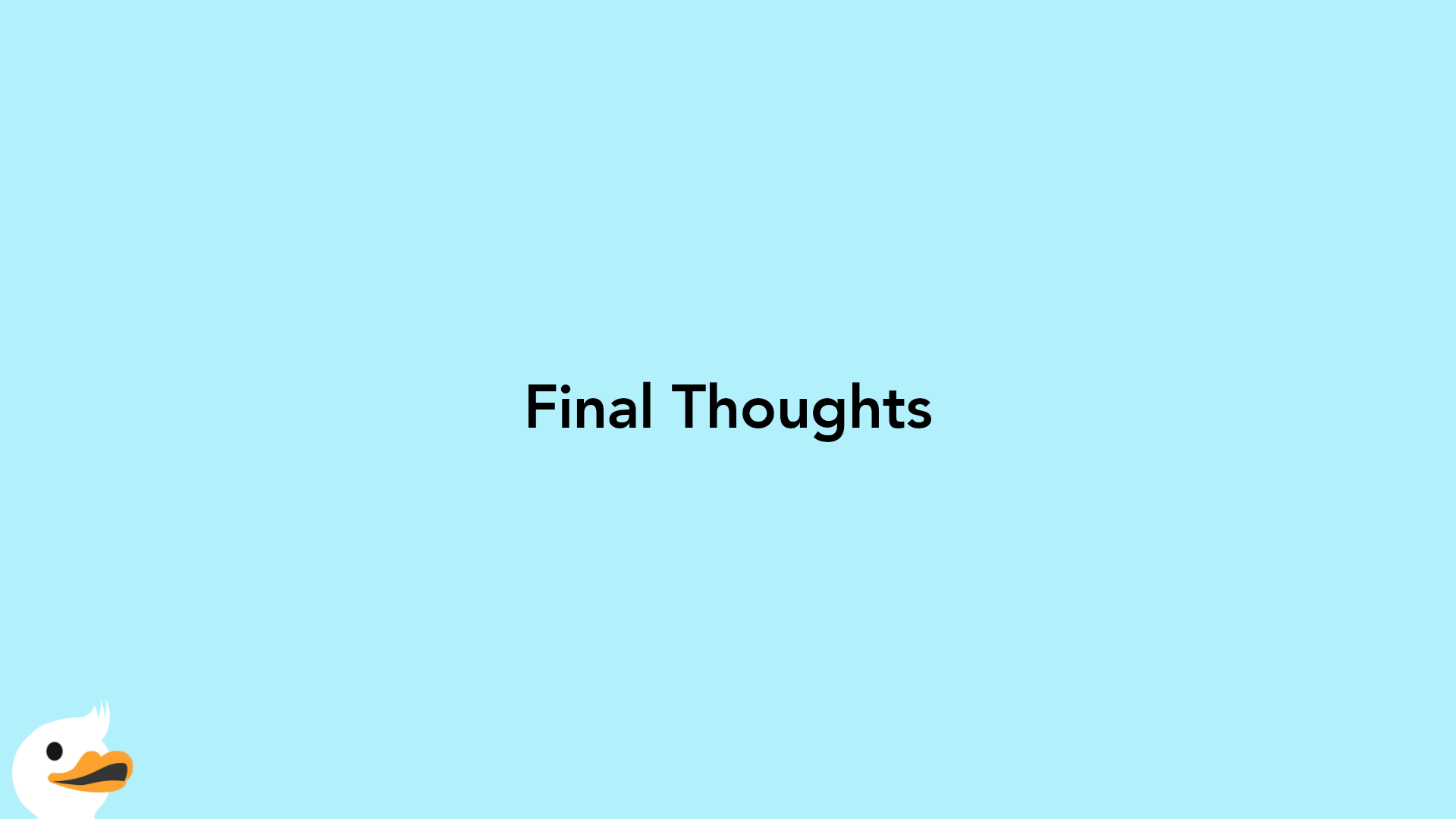
A loan is inevitable when purchasing a big-ticket item. In fact, planning for a loan may seem intimidating, as it is a binding contract. However, if you prepare well by doing your research, analyze your finances, and start planning and saving early, you can successfully use a loan opportunity to finance something you would not otherwise be able to afford.






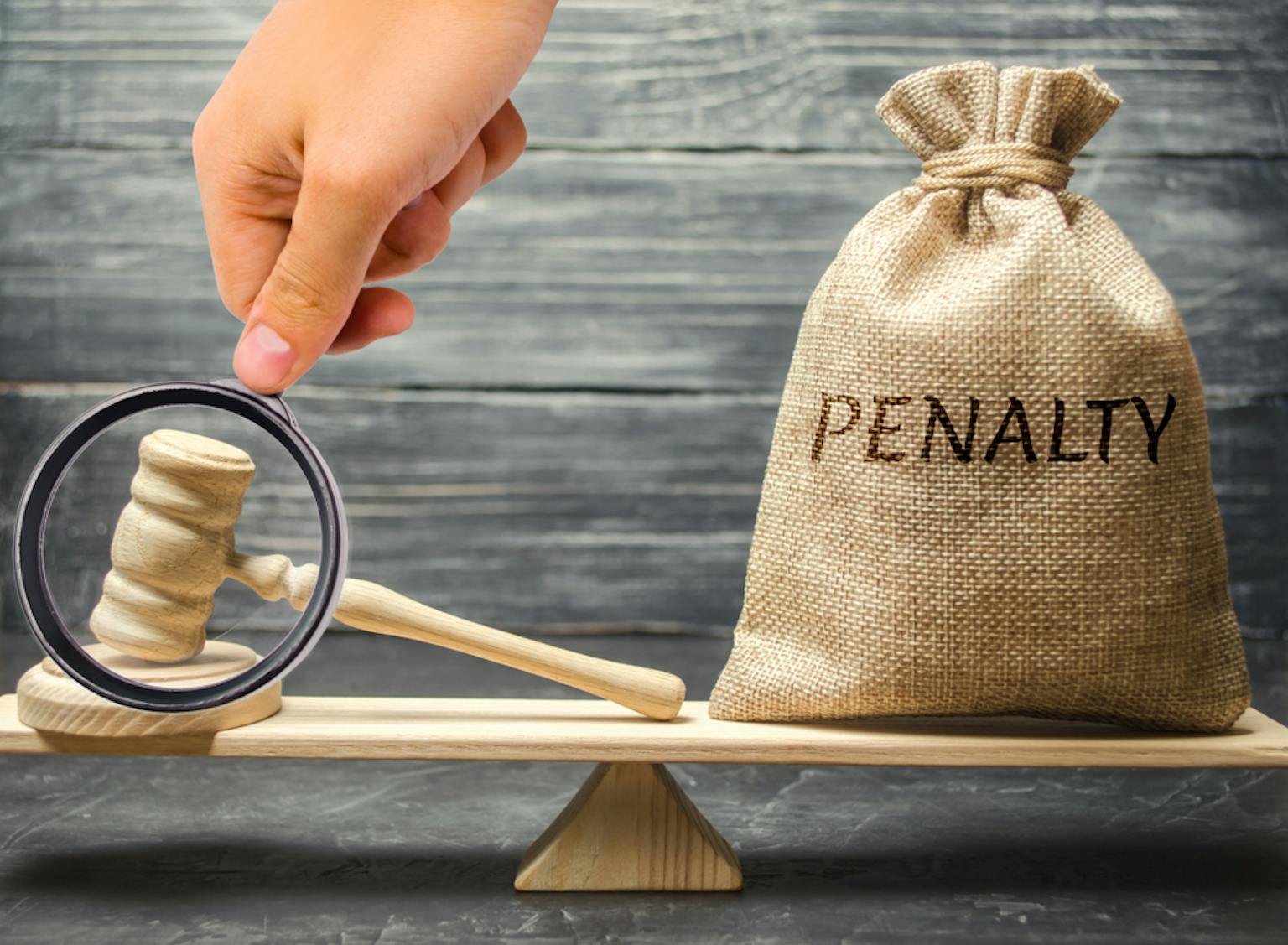

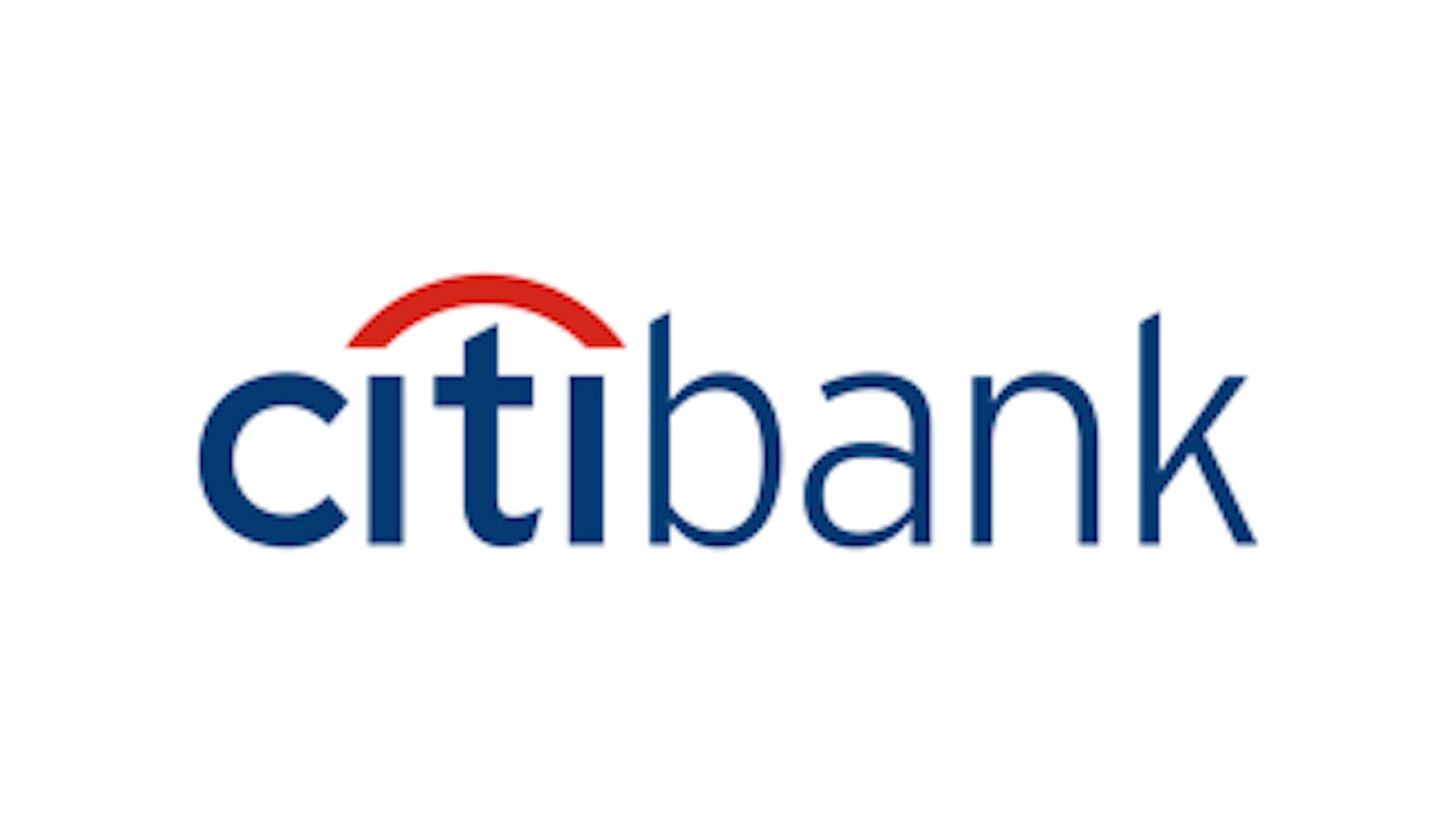

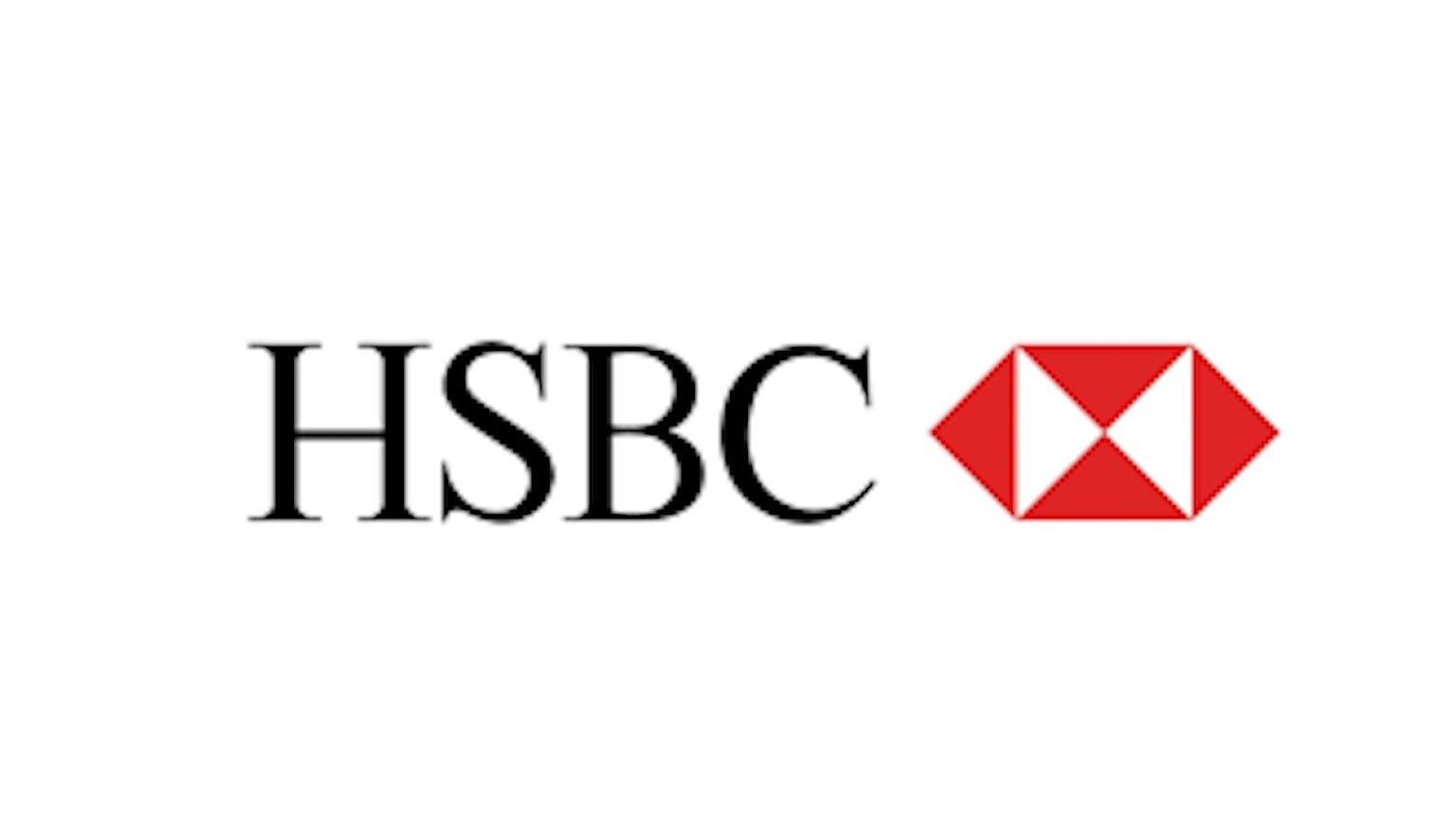

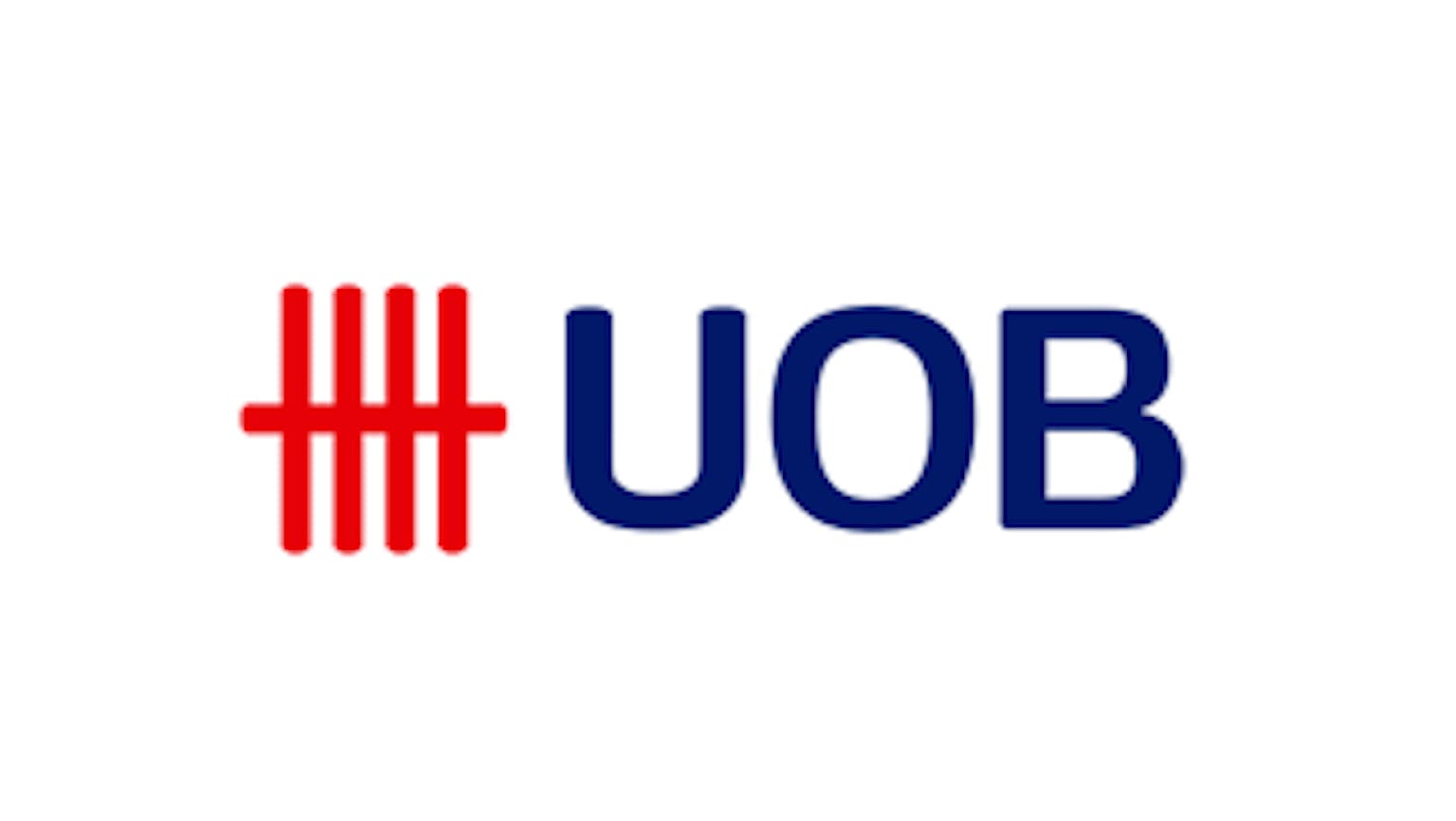
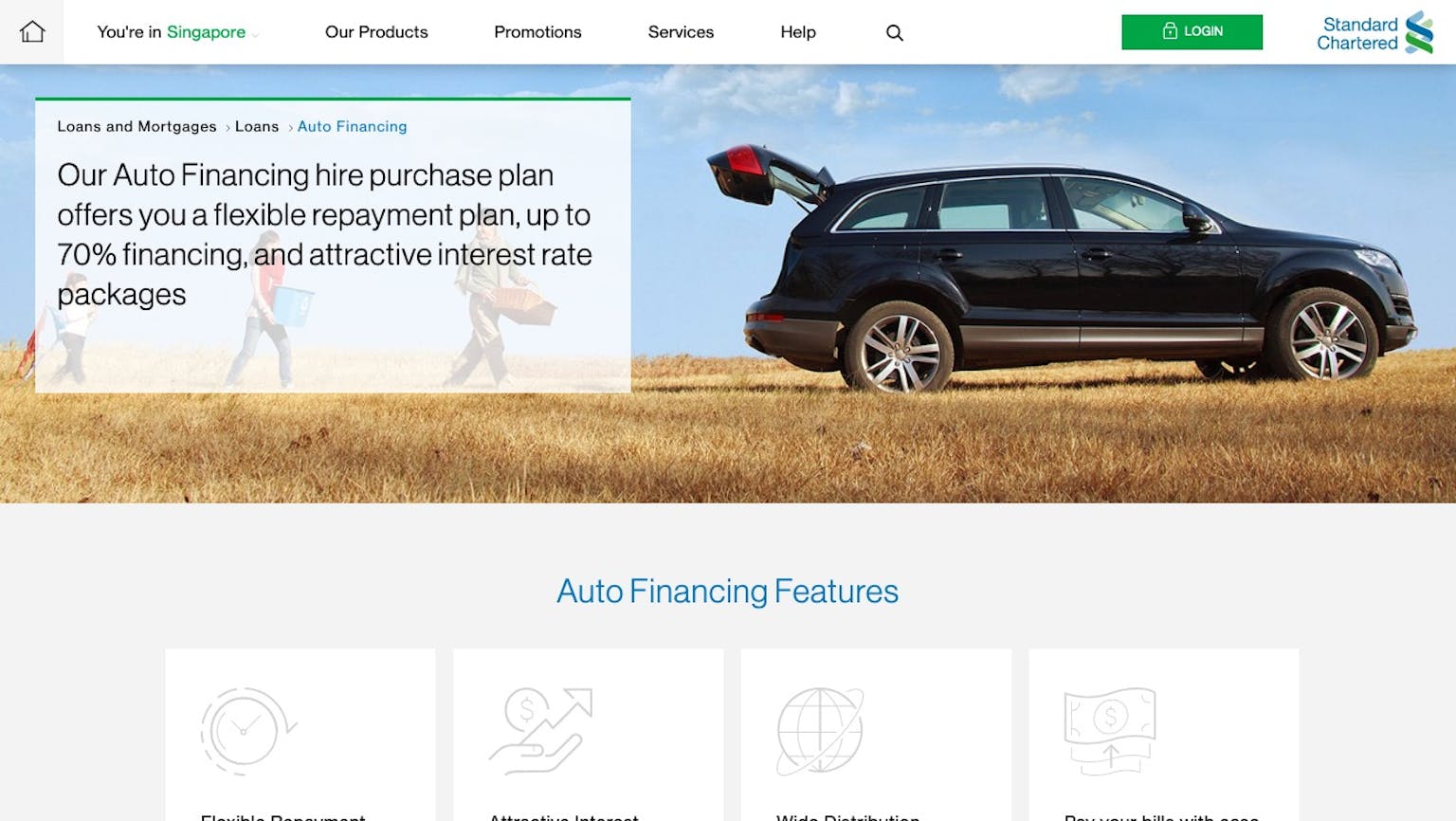
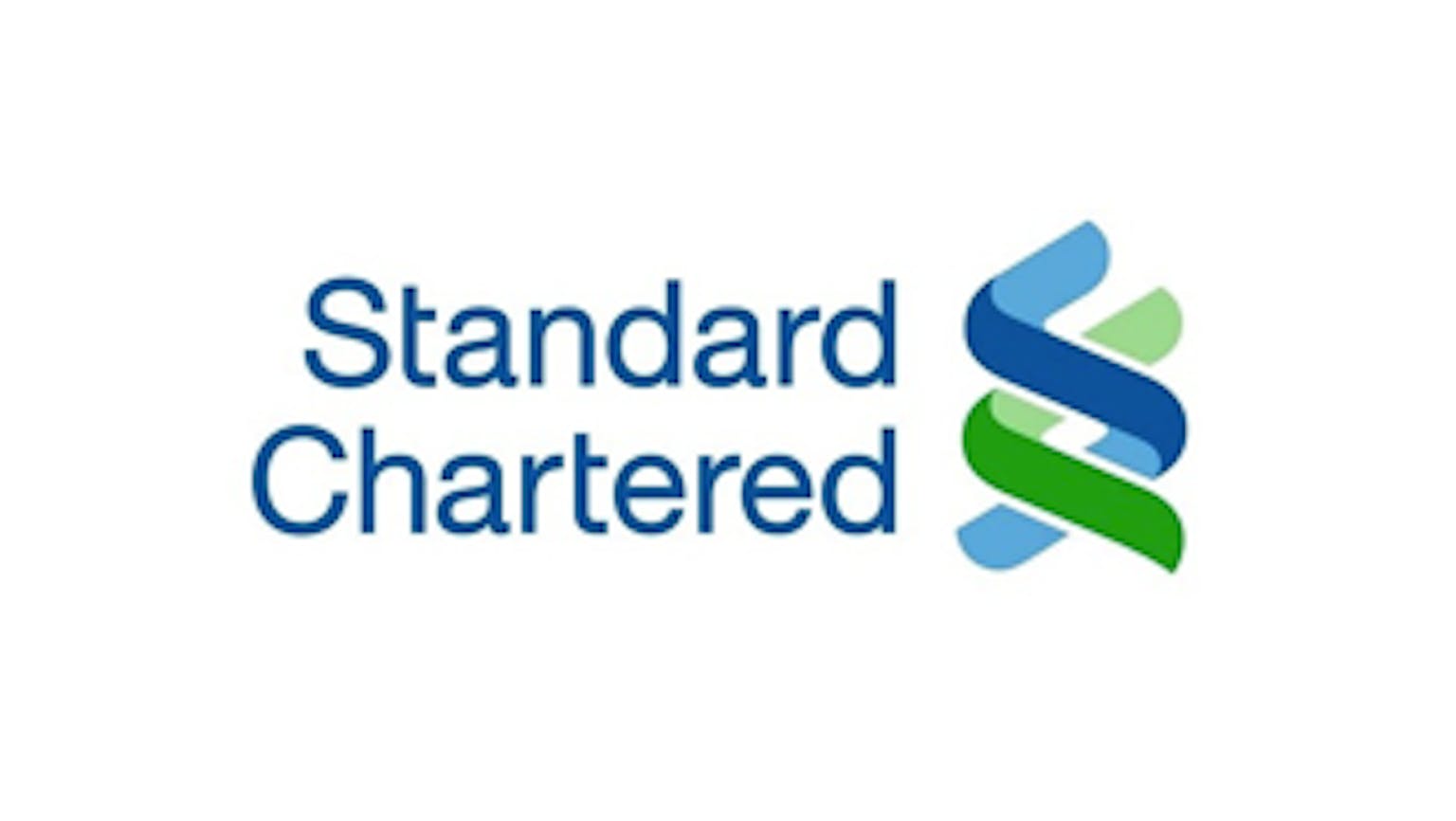
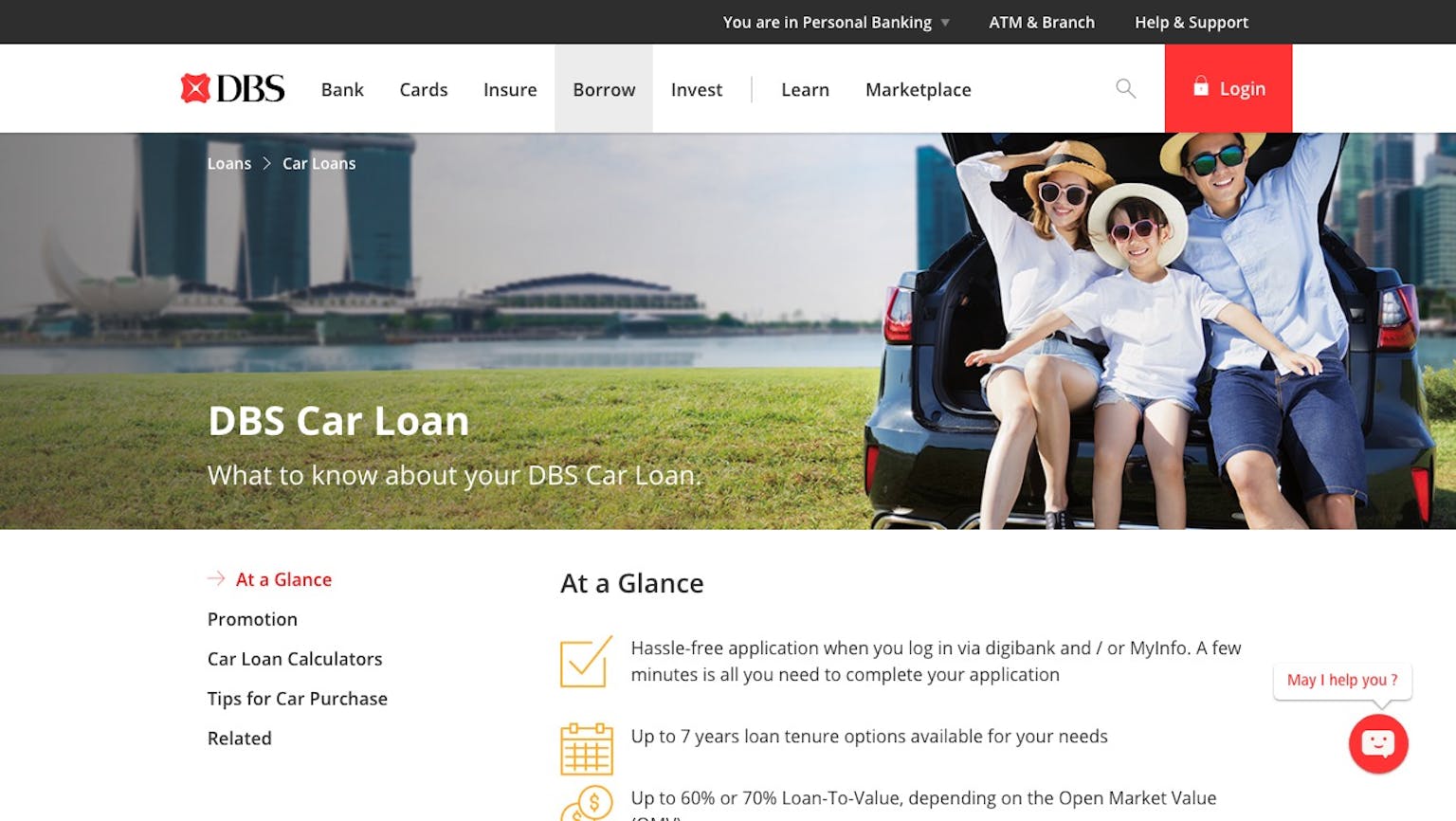
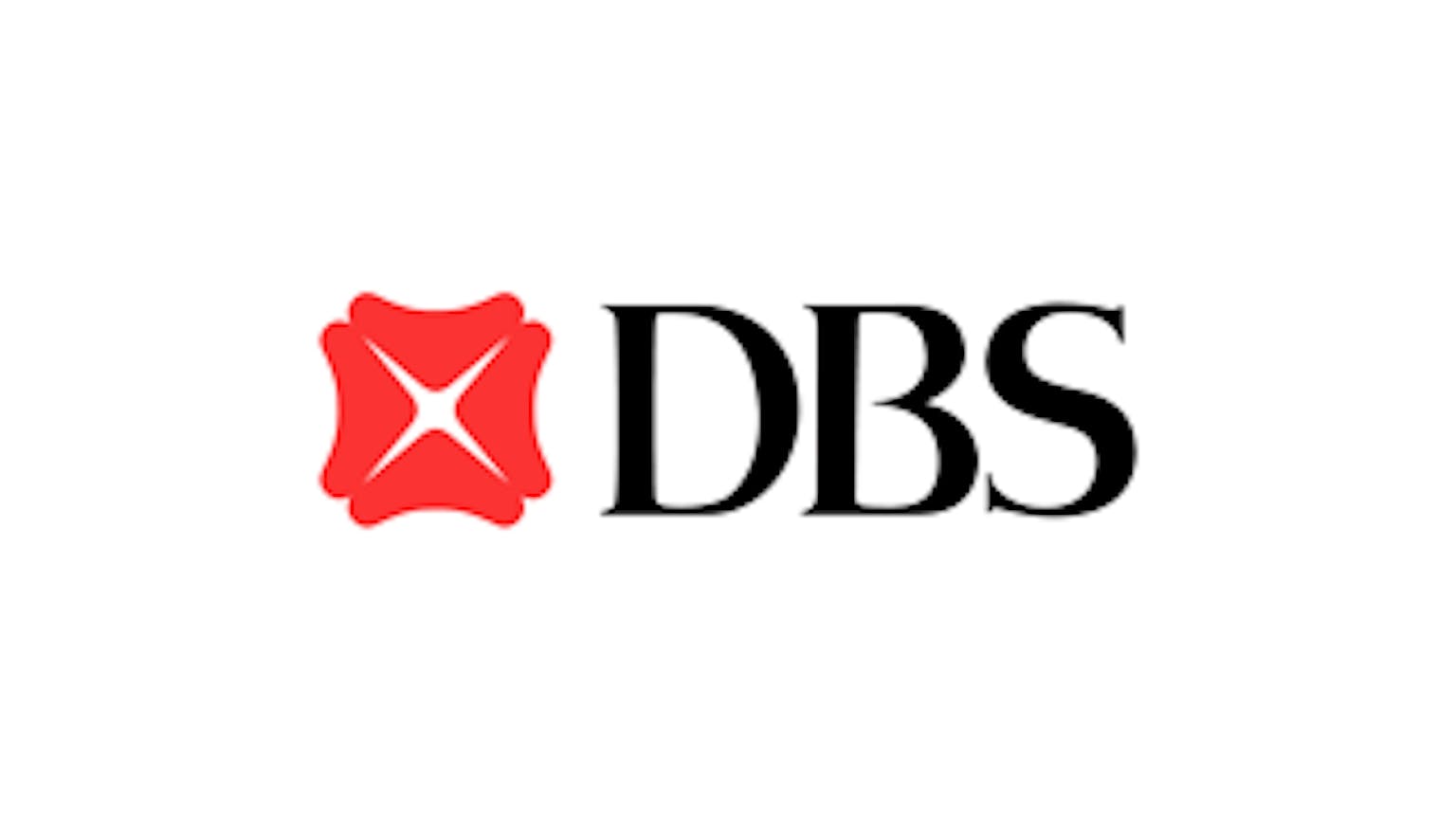
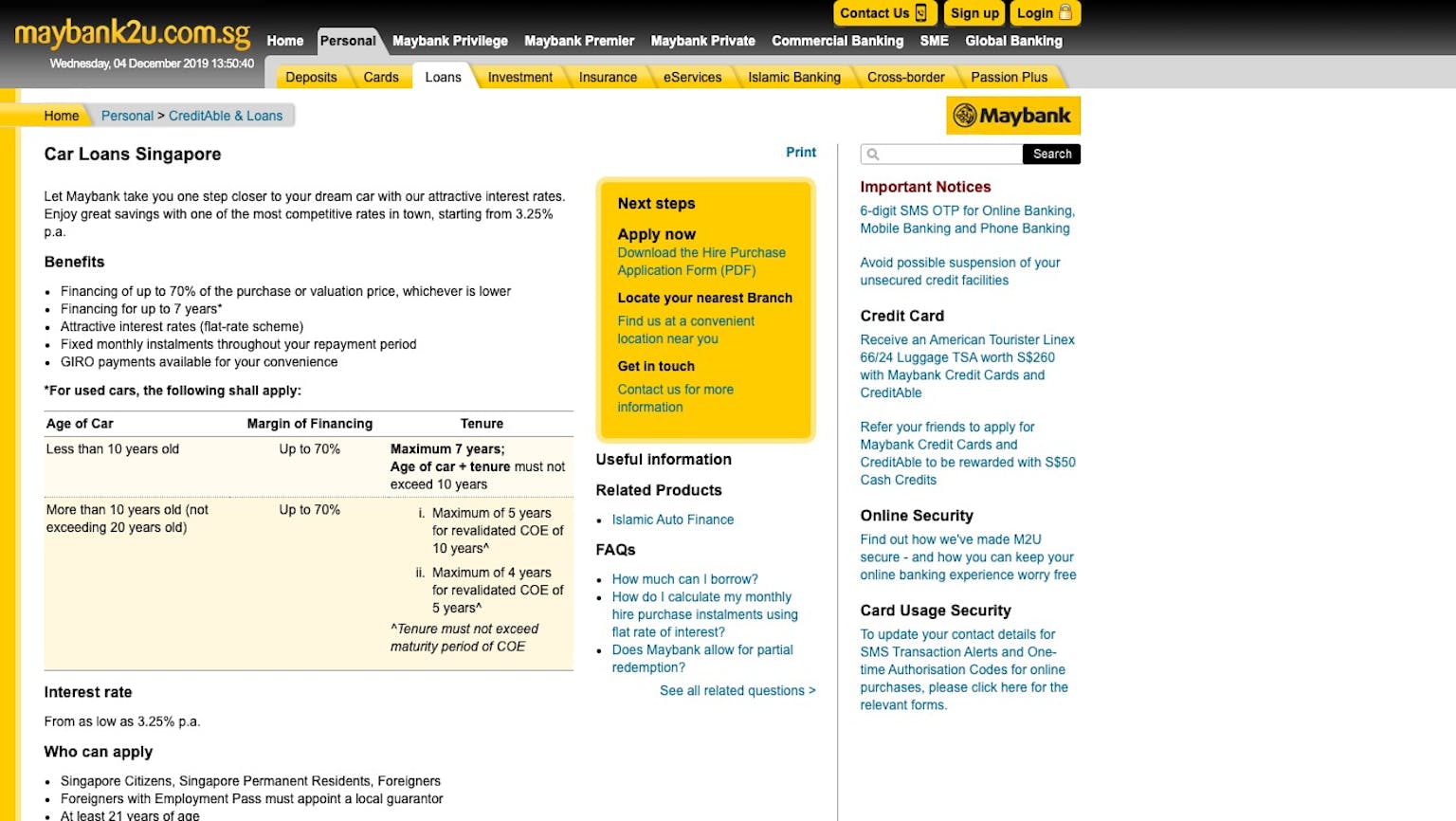


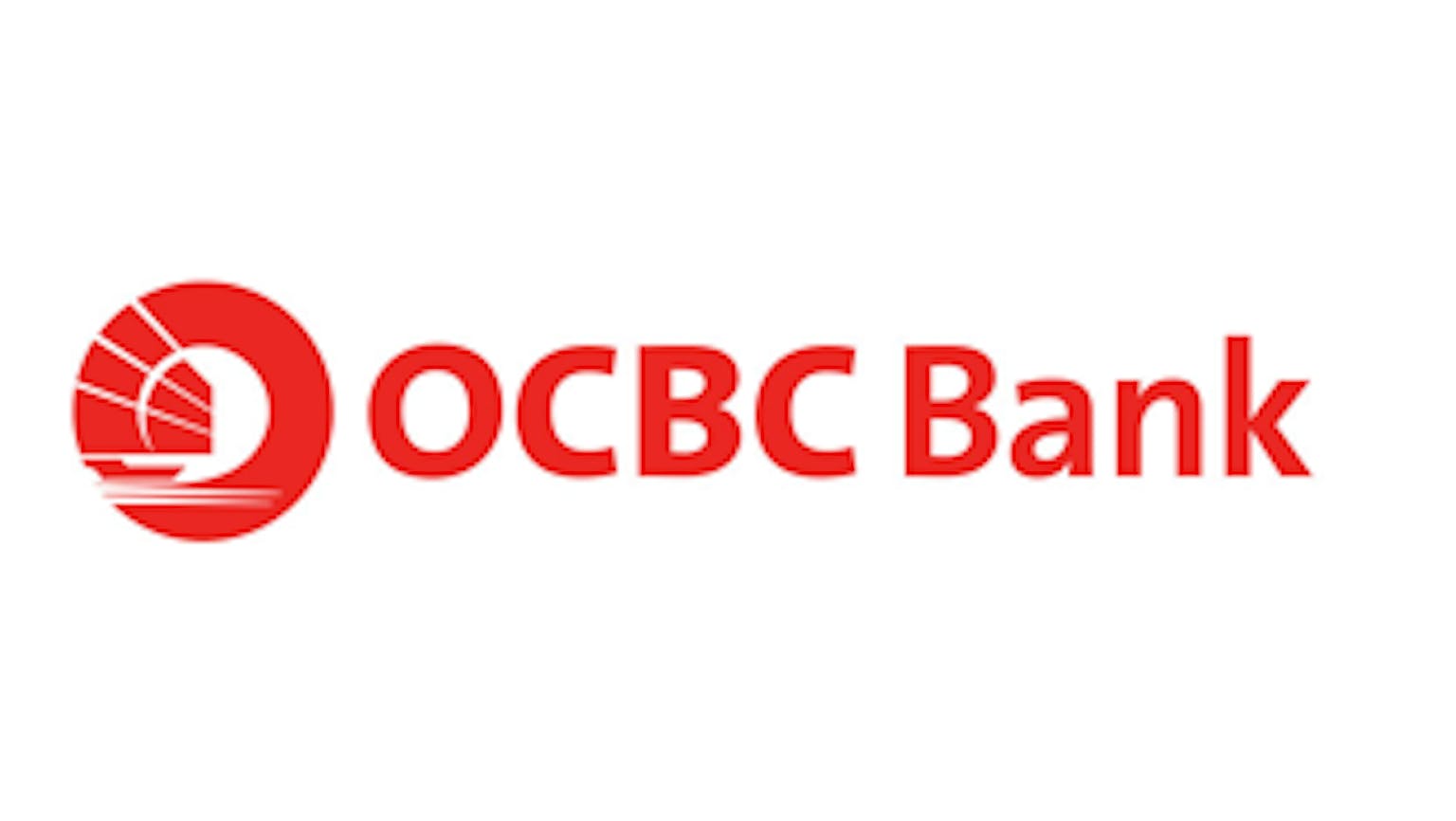
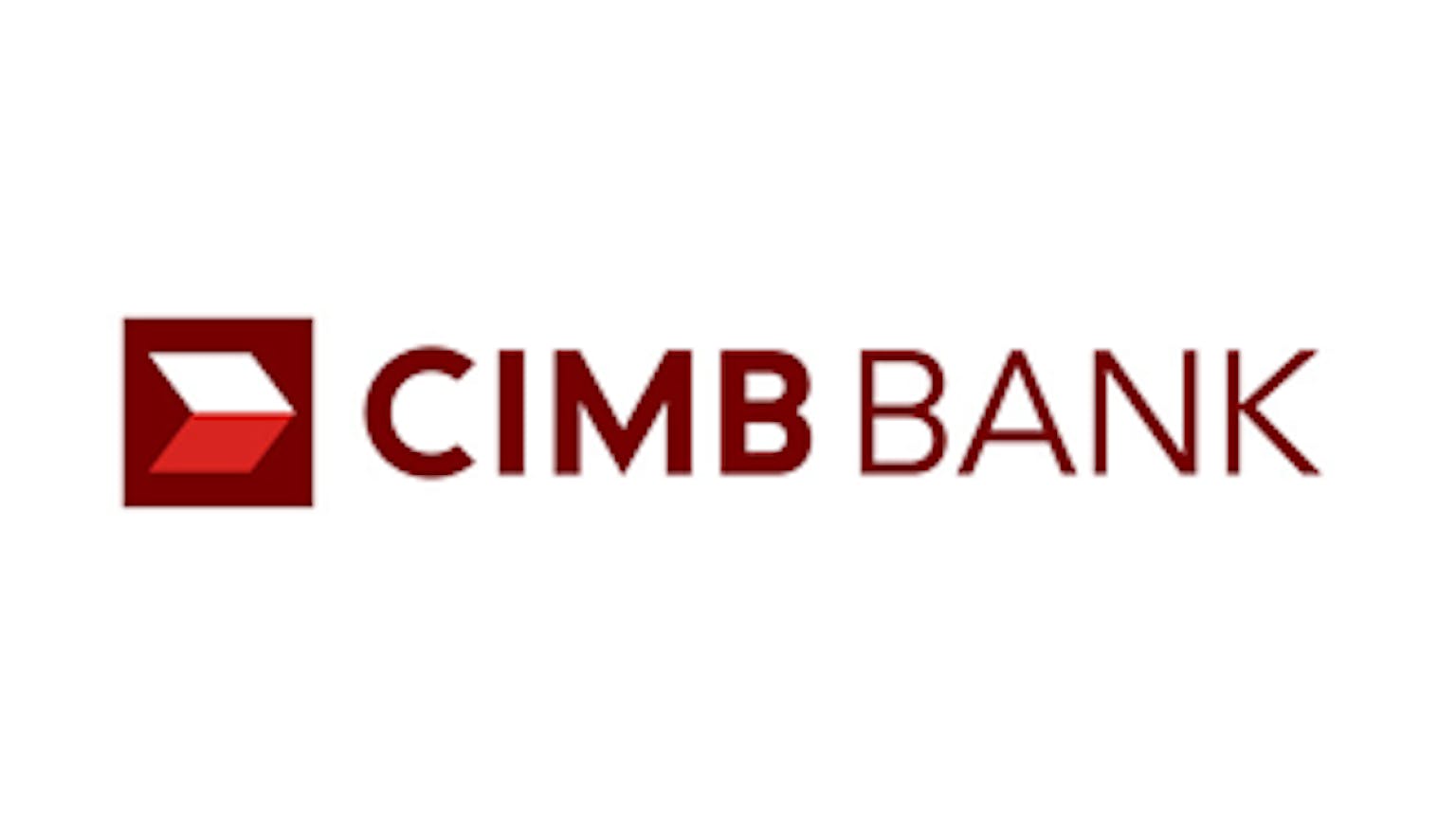

Please leave your knowledge and opinion!